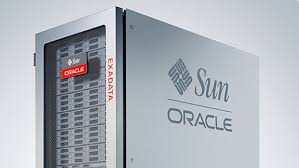Oracle ASM
A brief discussion on Oracle ASM and some of its advantages over other file systems. Notes: Database centric file system only used for managing database files High performance Requires a certain amount of tuning Not suitable for all applications Current recommendation is to allow ASM handle raid mirroring rather than let hardware handle it Probably …
